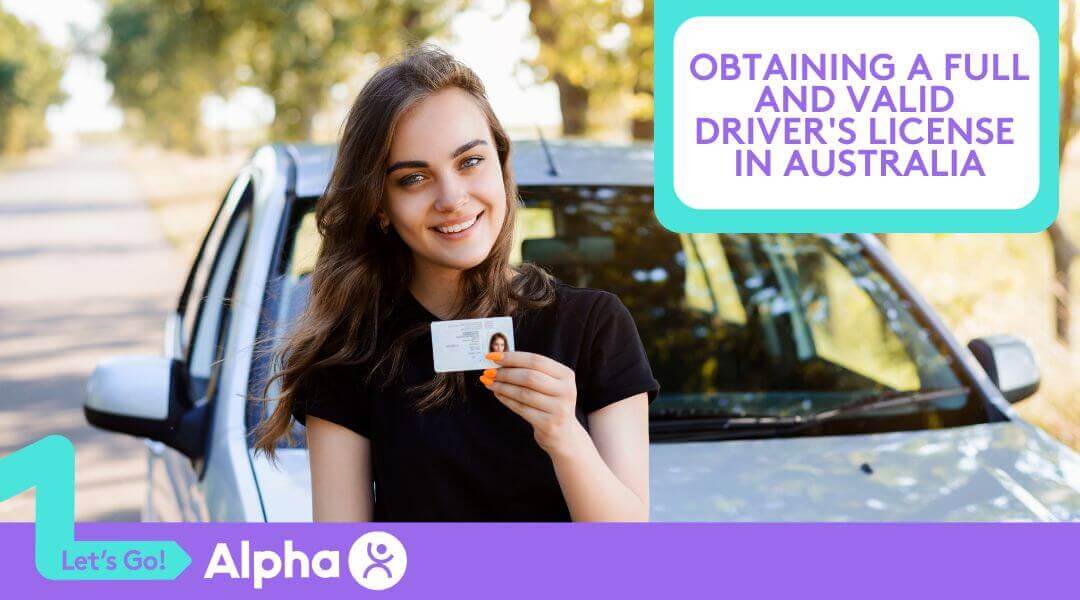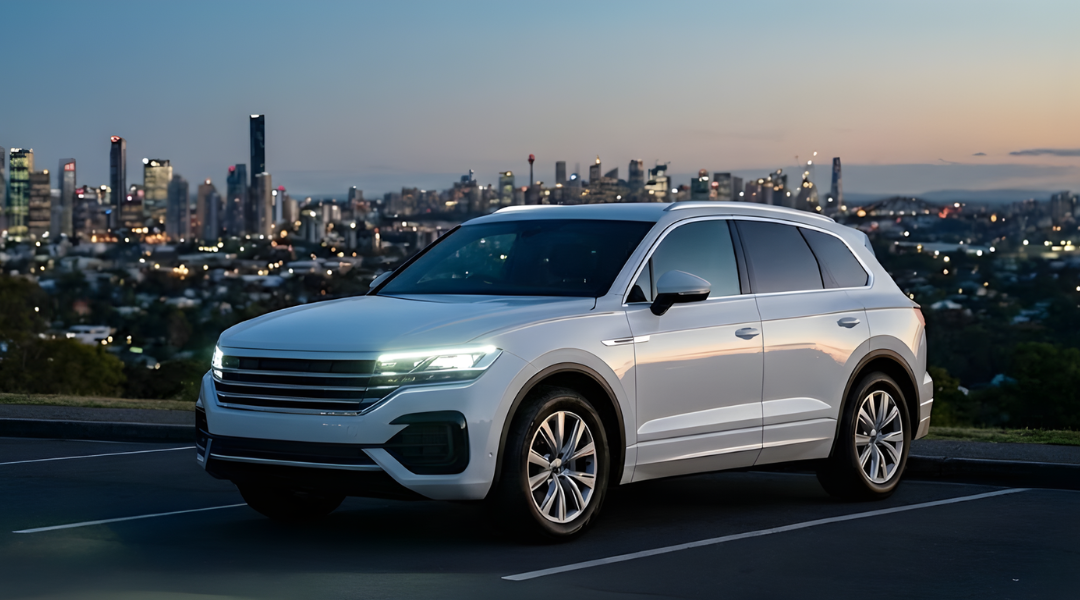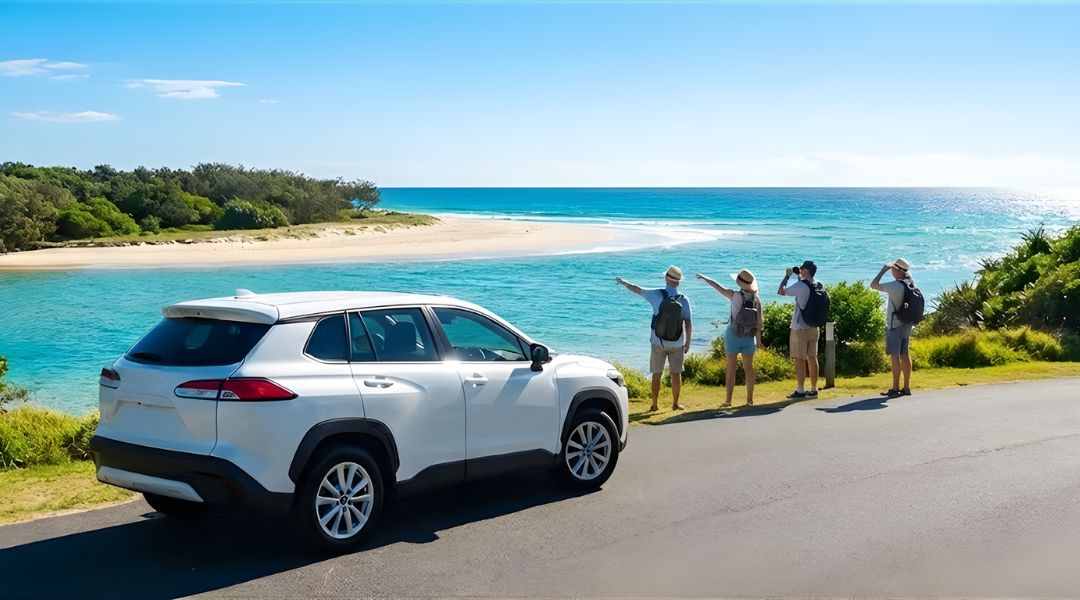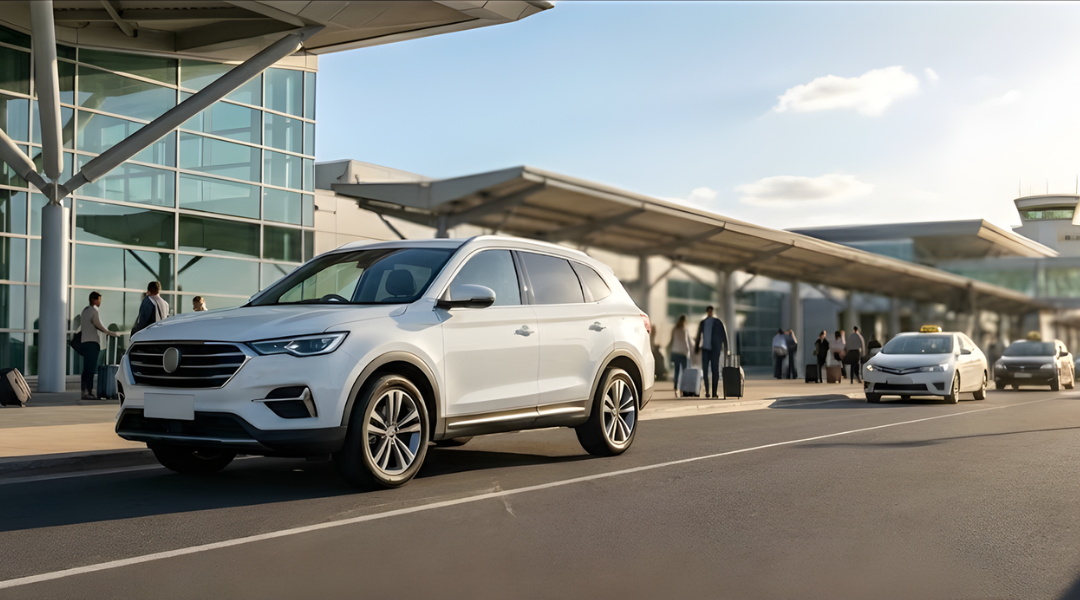Whether you’re a new driver, a temporary resident, or an international traveller planning to stay long-term, understanding how to get a valid Australian driver’s licence is essential. A full and valid licence is a requirement for safe, legal driving and, crucially, for hiring a car to explore the country.
This comprehensive guide will walk you through the key stages of the Australian licensing system, how to convert an overseas licence, and what’s required to rent a car, including the specific rules for Alpha Car Hire customers.
📋 Licence Levels in Australia
Australia uses a graduated licensing system designed to help new drivers build experience gradually. While the exact rules and timelines vary between states and territories, the general progression is as follows:
-
Learner (L-plates): This is the entry level for new drivers. You must pass a written knowledge test and be at least 16 years old. You are only allowed to drive under the direct supervision of a fully licensed driver and must display ‘L’ plates on the front and back of the vehicle. You will also be required to complete and log a minimum number of supervised driving hours before you can progress.
-
Provisional / Probationary (P1 & P2): After holding a Learner permit and completing the required hours, you can take a practical driving test to get your provisional licence. This stage is split into two phases with varying restrictions:
-
P1 (Red P-plates): Typically held for one year with tighter restrictions on mobile phone use, passenger numbers, and vehicle type.
-
P2 (Green P-plates): A transitional stage with fewer restrictions, held for two to three years before you can apply for a full licence.
-
-
Full Driver’s Licence: The final stage, granted after you have successfully completed all provisional licence requirements. A full licence allows you to drive without most restrictions, though zero blood alcohol content (BAC) limits may still apply in some contexts.
🚗 Licence Classes & Vehicle Types
The type of licence you hold dictates the vehicles you are legally allowed to drive.
-
Car (Class C): This is the most common licence. It permits you to drive vehicles with a Gross Vehicle Mass (GVM) of up to 4.5 tonnes, which includes most cars, utes, vans, and even light trucks and campervans. You can also tow a single trailer as long as the total combined mass does not exceed 13.5 tonnes.
-
Motorcycle (Class R): This is a separate licence class for riding motorbikes. New riders start with a Restricted Rider (RE) licence, which limits them to a specific list of Learner Approved Motorcycles (LAMS) before they can upgrade to a full ‘R’ licence.
-
Heavy Vehicles (LR, MR, HR, HC, MC): For drivers wanting to operate larger vehicles, a specific heavy vehicle licence is required. For example, a Light Rigid (LR) licence is for vehicles with a GVM between 4.5 and 8 tonnes, such as small buses or larger motorhomes.
For more details on licence classes and requirements, visit the National Transport Commission.
📆 General Timeline & Restrictions (Example: Queensland)
This table provides a detailed overview based on Queensland’s system, but remember that the specific age and hour requirements, as well as the restrictions, differ in each state.
| Stage | Minimum Age | Key Requirements | Key Restrictions |
| Learner (L) | 16 years | Pass a written knowledge test; complete supervised driving and logbook hours. | Must be supervised; 0.00% blood alcohol concentration (BAC); cannot use a mobile phone at all. |
| P1 Licence | 17 years | Pass a practical driving test; hold a learner permit for at least 12 months. | 0.00% BAC; passenger and high-performance vehicle restrictions often apply; no mobile phone use whatsoever. |
| P2 Licence | 18+ years | Hold a P1 for 12 months; pass a Hazard Perception Test; no major violations. | 0.00% BAC; fewer restrictions on passengers; mobile phone use may be permitted for hands-free functions only. |
| Full Licence | 20+ years | Hold a P2 licence for 2 years without suspension. | No licence-specific restrictions on speed, passengers, or vehicle type; legal BAC is <0.05%. |
📍 State-Based Licensing Authority Links
For the most accurate and up-to-date information, always check with the official transport authority in the state or territory you are in.
| State/Territory | Licensing Authority | Link |
| Queensland (QLD) | Department of Transport & Main Roads | transport.qld.gov.au |
| New South Wales (NSW) | Service NSW | service.nsw.gov.au/driving-boating-and-transport |
| Victoria (VIC) | VicRoads | vicroads.vic.gov.au/licences |
| Western Australia (WA) | Department of Transport | transport.wa.gov.au/licensing |
| South Australia (SA) | Service SA | service.sa.gov.au/topics/driving-and-transport/licences |
| Tasmania (TAS) | Transport Tasmania | transport.tas.gov.au/licensing |
| Northern Territory (NT) | NT.GOV.AU | nt.gov.au/driving |
| Australian Capital Territory (ACT) | Access Canberra | accesscanberra.act.gov.au/s/drivers-licence |
🌏 For International Licence Holders
If you’re visiting Australia or relocating, you may be allowed to drive using your overseas driver’s licence, but specific conditions apply.
✅ Driving as a Tourist You can drive using your foreign licence if:
-
It’s a full licence (not a learner or provisional).
-
It’s in English or accompanied by a certified English translation or an International Driving Permit (IDP).
-
You are only in Australia temporarily (e.g., on a tourist or working holiday visa).
Most car rental companies, including Alpha Car Hire, accept full foreign licences as long as they’re valid and in English.
🛂 Converting to an Australian Licence If you plan to stay long-term, you will eventually need to convert your licence. The process and requirements depend on your country of origin and state of residence.
-
Time Limits: In NSW, Victoria, and the Northern Territory, you have a strict 3- to 6-month window to convert your licence after becoming a permanent resident. Other states allow temporary residents to drive indefinitely on their foreign licence as long as it remains valid.
-
Process: You’ll need to visit a state licensing office, provide documentation (original licence, passport, proof of address), and possibly pass an eye test, a knowledge test, and a practical driving test.
🚘 What Licence Do You Need to Rent a Car?
To hire a car from Alpha Car Hire, you must meet the following criteria:
-
Be 21 years or older: A young driver surcharge may apply for drivers under 25.
-
Hold a full, valid driver’s licence: Learner and provisional licences are not accepted.
-
Have held your licence for at least 12 months: This is a standard safety and insurance requirement to ensure you have sufficient driving experience.
-
Licence in English: If your licence is not in English, you must bring an International Driving Permit (IDP) or a certified English translation.
For more information, visit Alpha’s Rental Requirements page.
🚦 Key Australian Road Rules to Remember
For international visitors and new drivers, here are some key road rules that may be different from what you’re used to:
-
Driving Side: We drive on the left-hand side of the road.
-
Give Way Rules: At a roundabout, you must always give way to any traffic already on the roundabout, approaching from your right.
-
Unique Rules: In Victoria, you can make a U-turn at traffic lights unless a sign prohibits it. In all other states, it’s illegal unless a sign specifically permits it.
-
Mobile Phones: It is illegal to touch or use a mobile phone for any function while driving or stopped in traffic.
-
School Zones: Speed limits in school zones are typically 40 km/h during specified times and are strictly enforced. In South Australia, you must slow to 25 km/h when passing a children’s crossing.
For a comprehensive guide, check out your state’s road rules page, such as the one provided by the Queensland Government.
⚖️ The Demerit Points System
Australia uses a demerit points system to enforce road rules. Here’s a quick overview:
-
How it works: All drivers start with zero points. You accumulate points for various traffic offences (e.g., speeding, using a mobile phone, not wearing a seatbelt).
-
Demerit Point Limits: The maximum number of demerit points you can accumulate before your licence is suspended varies by your licence type.
-
NSW: P1 and Learner licence holders get 4 points, P2 licence holders get 7 points, and unrestricted drivers get 13 points.
-
Queensland: All Learner and Provisional drivers have a 4-point limit. Open licence holders have a 12-point limit over a three-year period.
-
-
Double Demerit Points: These apply in some states during holiday periods. In Queensland, double points apply year-round for repeat mobile phone, speeding, seatbelt, and motorcycle helmet offences within 12 months.
🚗 P-Platers & Car Hire
While Alpha Car Hire does not accept provisional licences, it’s worth noting that some other rental providers in Australia do, albeit with strict conditions.
-
General Requirements: Companies that allow P-platers typically require the driver to be at least 21 years old and hold a P2 (green P-plates) licence.
-
Surcharges & Restrictions: Be prepared for an additional “young driver” surcharge, and you may be restricted to a smaller vehicle from the fleet.
-
Car-Sharing Services: Some car-sharing services, like GoGet, also allow P-platers to sign up, offering a flexible alternative to traditional car rental.
🏞️ Safe Driving in Rural & Outback Australia
Driving outside major cities presents unique challenges.
-
Wildlife: Watch for kangaroos, especially at dawn and dusk, when they are most active. If an animal appears in front of you, brake firmly but do not swerve, as this can cause a rollover.
-
Road Trains: These large, heavy trucks can be up to 50 metres long. When overtaking, allow a significant amount of clear road and accelerate quickly. When they are approaching you, move as far left as safely possible to allow them to pass.
-
Fatigue: Australia’s vast distances and monotonous roads can lead to driver fatigue. Stop every two hours to rest and stretch your legs.
-
Unsealed Roads: Drive more slowly on unsealed (gravel or dirt) roads. Maintain a firm grip on the steering wheel, and watch for potholes or soft shoulders.
✅ Summary
Getting a full and valid Australian driver’s licence involves a multi-step process that varies by state, but it’s essential for safe, legal driving. Whether you’re a new local driver or an international visitor, understanding the requirements is the first step toward a safe and enjoyable journey.
-
✔️ New local drivers should follow the L → P1 → P2 → Full Licence path.
-
✔️ International drivers must understand their visa’s time limits for driving on a foreign licence and be prepared for potential conversion.
-
✔️ All drivers must always carry their licence, understand the local road rules, and meet the driver eligibility rules of the rental provider.




